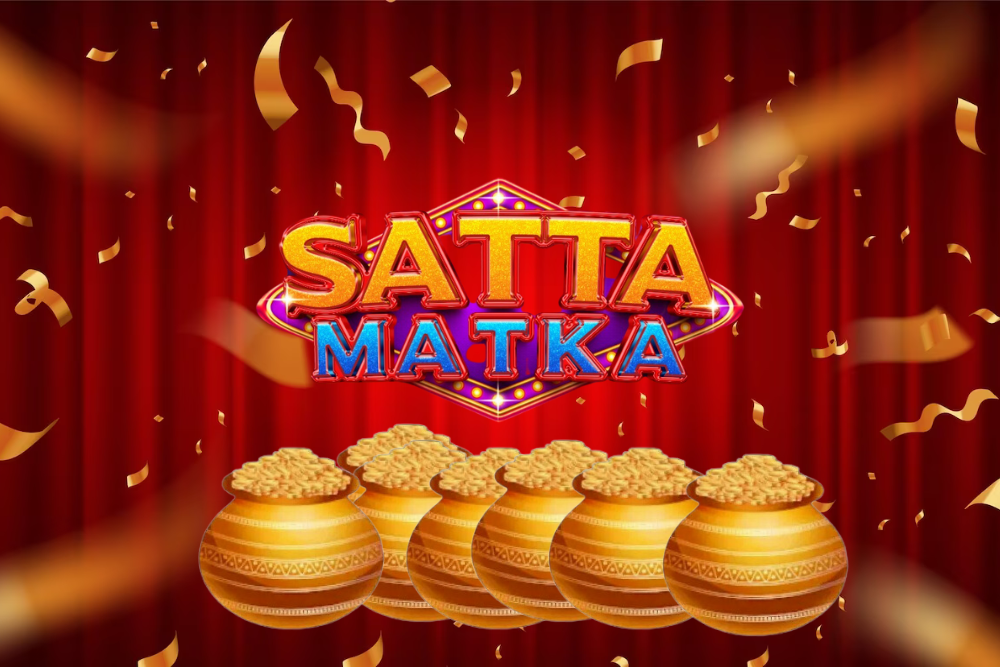Satta Batta’s Pervasive Character
In India, Satta Batta is often used as a synonym for Satta Matka and is commonly understood to refer to unofficial and usually unlawful betting operations. From rudimentary forms of wagering to a more sophisticated system that is now popular both offline and online, this underground gambling phenomena has a lengthy history in the nation. The history, methods of operation, and significant ramifications of Satta Batta are examined in this article.
The Game’s Historical Development
Satta Batta, also known as Satta Matka, has its origins in post-independence India in the 1950s. At the beginning of the game, players had to wager on the opening and closing cotton prices that were sent from foreign cotton exchanges to local marketplaces. The name of this early iteration was “Ankada Jugar,” which translates to “figures gambling.”
Innovators in the gambling circuit came up with new methods to produce random numbers when the original source of these cotton rates was no longer accessible. Drawing slips of paper with numbers from a big earthenware pot, or “matka,” was a prominent technique from which the game got its lasting name. With time, it also became customary to produce random numbers using playing cards. This betting industry peaked in the 1980s and 1990s, especially in large cities where there was a lot of financial activity. However, its conventional, physical activities have been severely limited due to stricter rules and heightened law enforcement measures. Terms like Kalyan panel chart also emerged during this period, referring to records of past results in specific markets, used by players for analysis and prediction, despite the random nature of the game.
The Workings of Satta Batta
Satta Batta is fundamentally a game of pure chance in which players wager on certain numbers or combinations of numbers. The whole procedure entails:
Number Selection: From 0 to 9, players choose three numbers.
Combining Numbers: The sum of these three numbers is calculated. A preliminary four-digit sequence is then created by appending the last digit of this sum to the initial three numbers. For example, the first sequence is two, five, seven, and four if the selected numbers are two, five, and seven. Their total is fourteen.
Second Set Creation: To create another four-digit sequence, a second set of three numbers is chosen and processed in the same way. A second sequence of two, six, eight, and six might arise, for instance, if the numbers two, six, and eight added together equalled sixteen.
Final Outcome: The whole Satta Batta number (two, five, seven, four and two, six, eight, six) is then created by combining the two derived four-digit sequences.
Betting Varieties: Bettors may wager on a single digit, a pair of two digits, a three-digit result, or the separate “open” and “close” outcomes that are revealed at certain times. Each of these bet kinds has a different payoff odd.
Although numbers were traditionally drawn by hand, the game has mostly moved to online platforms in the digital era, making it more accessible even if its legality is in doubt.
Legal Repercussions and Related Hazards
According to the Public Gambling Act of 1867, most gambling operations in India, including those known as “Satta Batta” or “Satta Matka,” are illegal. Although many states have legislation that permit regulated gambling, such as state lotteries or casinos in specified locations, Satta Batta’s broad operation is still prohibited in the majority of the nation. Since it is often categorised as a “game of chance,” it is subject to more stringent legal examination than “games of skill.”
Satta Batta continues to exist despite being illegal due to the temptation of easy money, its ingrained cultural presence for some, and its growing accessibility via internet means. However, there are significant hazards associated with Satta Batta participation:
Legal Repercussions: In accordance with applicable state and federal legislation, those who play or run Satta Batta may be subject to fines and incarceration.
Large Financial Losses: Because Satta Batta is a game of pure chance, players usually suffer large financial losses, which often result in debt and other financial difficulties.
Gambling Addiction: Satta Batta, like all gambling, has the potential to induce serious addiction, which may ruin one’s wealth, cause mental anguish, and sour relationships with family and friends.
Fraud and Lack of Regulation: Because online Satta Batta platforms are unregulated, players are vulnerable to a number of fraud schemes, such as rigged games, non-payment of prizes, and schemes intended to take advantage of players.
In conclusion
Satta Batta captures a long-standing yet legally controversial part of Indian gambling culture. Its development from straightforward betting to a popular internet pastime demonstrates how humans have always enjoyed games of chance. It is important to comprehend the substantial legal limitations and accompanying risks, nevertheless. A thorough understanding of the legal ramifications and the possibility for serious financial and personal damage is crucial for anybody thinking about engaging in such activities. Important factors include acting responsibly and putting one’s health ahead of potential profits.



